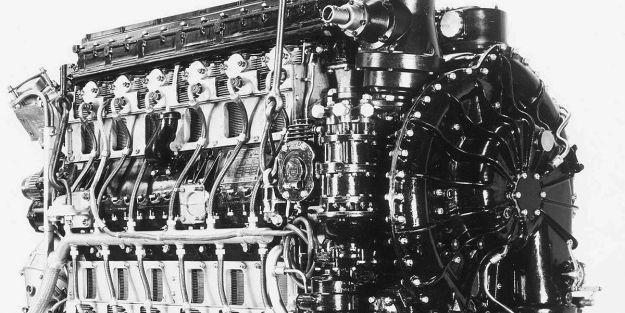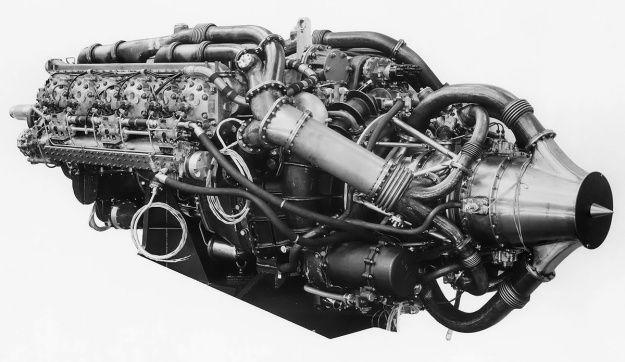The Most Complex and Powerful Engine of the Postwar Era

The Napier E124 Two-Stroke H-24 Diesel airplane engine was designed in the ‘30s.
The dual horizontally opposed engine displaced 75 liters and had 24 cylinders and a gas turbine.
It was superseded by the Nomad 1, which made half the horsepower of the H-24, with half the displacement: 3,000 hp from 12 cylinders.
There have been some wacky engine designs in the 125 or so years of “modern” internal combustion: rotaries, sleeve valves, various variable-compression engines, all of which made perfect sense to their designers at the time. Even among all those, however, you would be hard-pressed to find something more magnificently complex than the Napier E124 Two-Stroke H-24 Diesel airplane engine.
Just trying to describe all the parts that made up an E124 is a difficult task. At its heart it was a 75-liter diesel. Yes, 75 liters, 4,577 cubic inches, more than two and a half cubic feet. To harness all that displacement, Napier distributed it among 24 cylinders. The cylinders were arranged in two blocks of horizontally opposed configurations. So you have two 12-cylinder engines facing each other and sharing a common crankshaft. Think of the BRM H16 Grand Prix engine, then add eight more cylinders.
The engines had no traditional valves, employing instead two-stroke sleeve valves to get the exhaust out and the fuel/air mix in. To help push those gases in and out there was a gas turbine used to compress the air that went into the 24 cylinders, with further help from energy harnessed from various exhaust gases flowing around the big block. Nothing was wasted on a Napier. All of this would ultimately spin two counter-rotating propeller shafts through a variable-speed transmission.
The setup made 6,000 delirious horsepower. At least that’s what I gathered from many different sources I read. However, it also looks like the H-24 configuration itself might never have been built, struggling mightily to get off the drawing board but ultimately being superseded by an only slightly less-complex 12-cylinder version dubbed the Nomad 1.


 Yahoo Autos
Yahoo Autos 